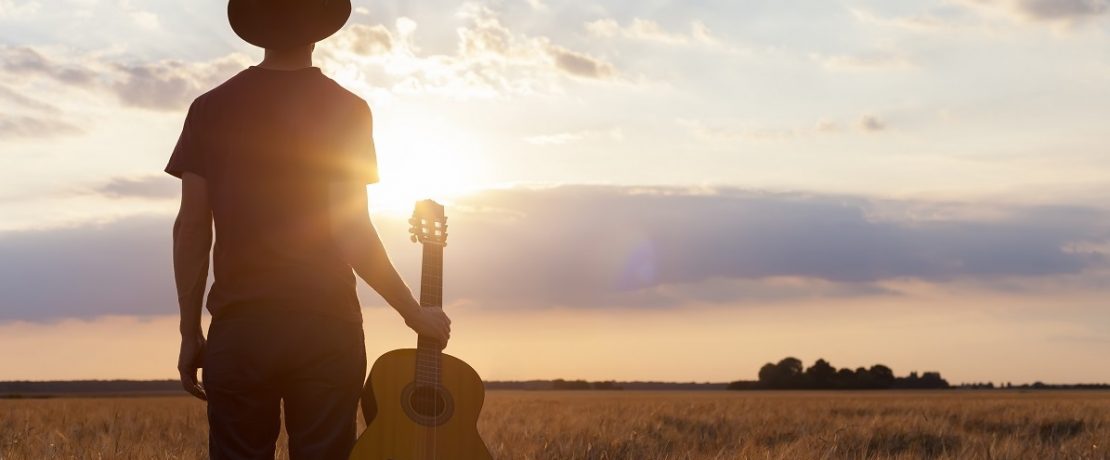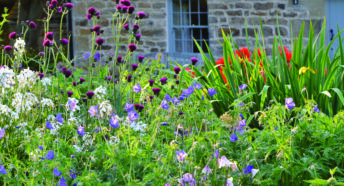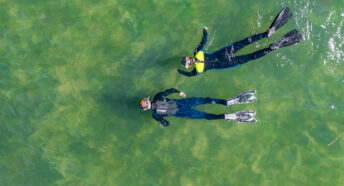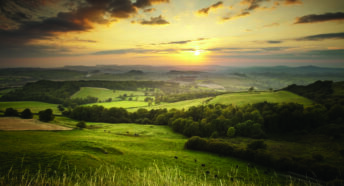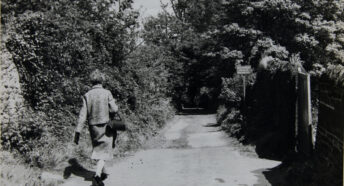Folk’s new pathways
Mark Hooper meets some of the modern faces of English folk music and discovers how their work is rooted in landscape – and fired by a desire to preserve natural and cultural heritage
The 2019 inaugural Bright Field festival, held near the Welsh Marches, brought together some of the leading lights of modern English folk music. The event was organised by Guardian folk correspondent Jude Rogers, who believes the scene’s artists are ‘deeply connected to the land and the changing of the seasons.’
That connection was something that Somerset singer-songwriter Kitty Macfarlane experienced first-hand when she moved back to her childhood home from Bristol this spring – initially camping in her parents’ back garden to isolate at the start of the coronavirus crisis.
‘When I arrived in the middle of March, it was completely frosty and icy,’ she says. ‘Slowly I’ve been seeing everything come to life and transform. Creatively, it’s really inspiring. I think it gives you a finer observatory eye, seeing those changes.’
A place in nature
Kitty’s songs are rooted in the landscape of Somerset; from its weathered northern coastline, through the rolling Quantock Hills that inspired Coleridge and Wordsworth, and on to the bleak beauty of the Somerset Levels. Her subject matter ranges from the migration of the European eel to the merpeople of local legend.
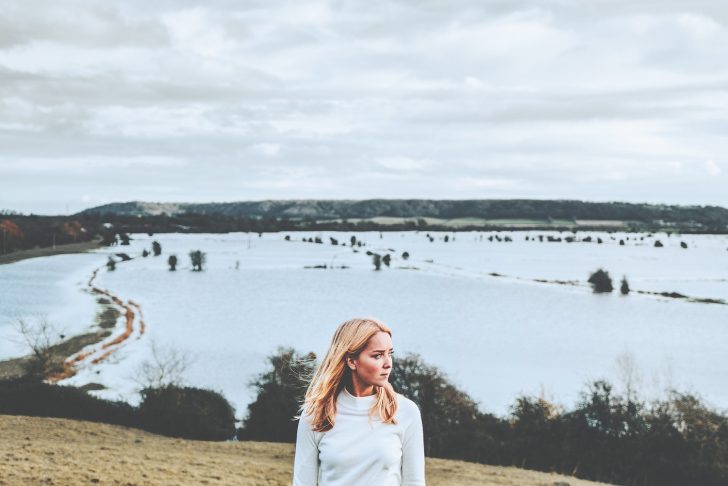
On the title track to her debut album, Namer of Clouds, Kitty sings of ‘This human need to name the sublime’ and ‘To give a name to something fleeting’.
‘That’s something I keep coming back to in my writing; trying to grapple with that feeling of your place in nature and not just being a spectator,’ she says. ‘There’s nothing more humbling than standing at the bottom of a starling murmuration, or on top of a hill, feeling the wind hit you. I guess I’m trying to explore how our sense of belonging ties in with place and land and nature.’
Songs of protest
‘It’s a massive subject and something I’m deeply passionate about,’ agrees Sam Lee, a former student of bushcraft expert Ray Mears, as well as a singer and collector of traditional folk songs. ‘It goes hand in hand with my very strong views on access to land and the right to roam.’ He notes how folk music is so often tied into protest movements – from the Inclosure (or Enclosure) Acts of the 18th century to civil rights causes today.
‘There’s such an incredible repertoire of songs that speak about segregation of humans and land. There’s a wonderful song I was singing with my choir yesterday, The Goose and the Common, about punishing those who take “the goose from off the common / But leave the greater villain loose / Who steals the common from off the goose”.’
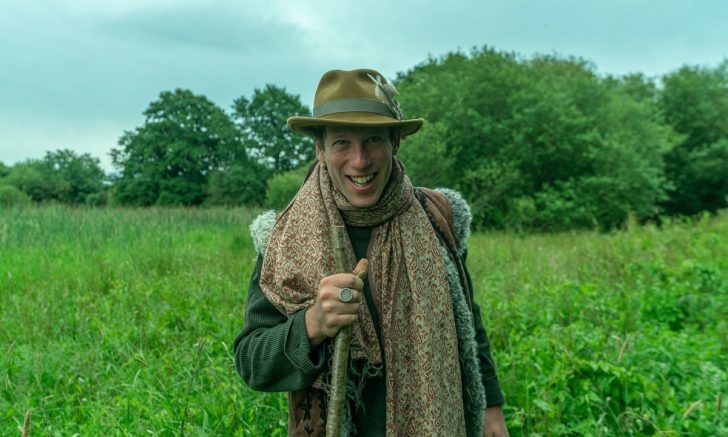
Taking up the mantle
Sam draws a direct parallel with 21st-century concerns: ‘I see very much how, today, songs can tell of the exploitation of the environment and the impact that will have on all of us as a society,’ he says.
‘This is now about more than just losing our livelihoods – it’s about losing our future and the depletion of species. I think the folk music world has a real job to do in taking up that mantle, because looking back, we will have to ask, did we do enough?’
Like Sam, Hereford-based Alula Down (Kate Gathercole and Mark Waters) note how folk music is rooted in what Mark describes as ‘a kind of resonance for dispossessed and exploited people all around the world. ‘Folk songs have travelled backwards and forwards across the Atlantic. And then there’s the cross-fertilisation between that and African song. You end up with new musical forms, but there are common antecedents.’
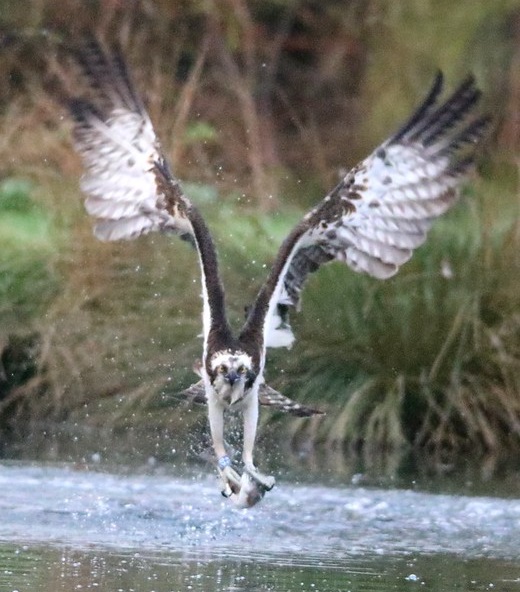
Squaring the circle, Nottingham-based Seckou Keita combines the traditional music of Senegal with British folk influences and nature themes, through projects including Soar, his collaboration with Welsh harpist Catrin Finch inspired by the osprey, a bird that migrates between West Africa and Northern Europe.
‘I think folk music can be seen as a powerful tool for engaging in a love affair with the natural world, and exploring what our relationship with it should be,’ concludes Sam. ‘Finding out how to understand and connect with nature is a lifetime’s learning.’
Journalist Mark Hooper was the founding editor of Hole & Corner magazine, which celebrates craftsmanship and sustainability in the creative arts.
